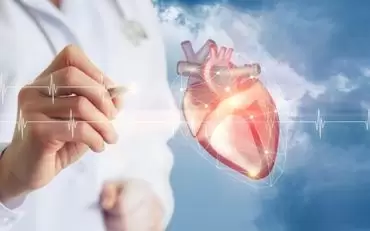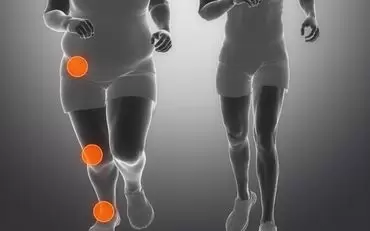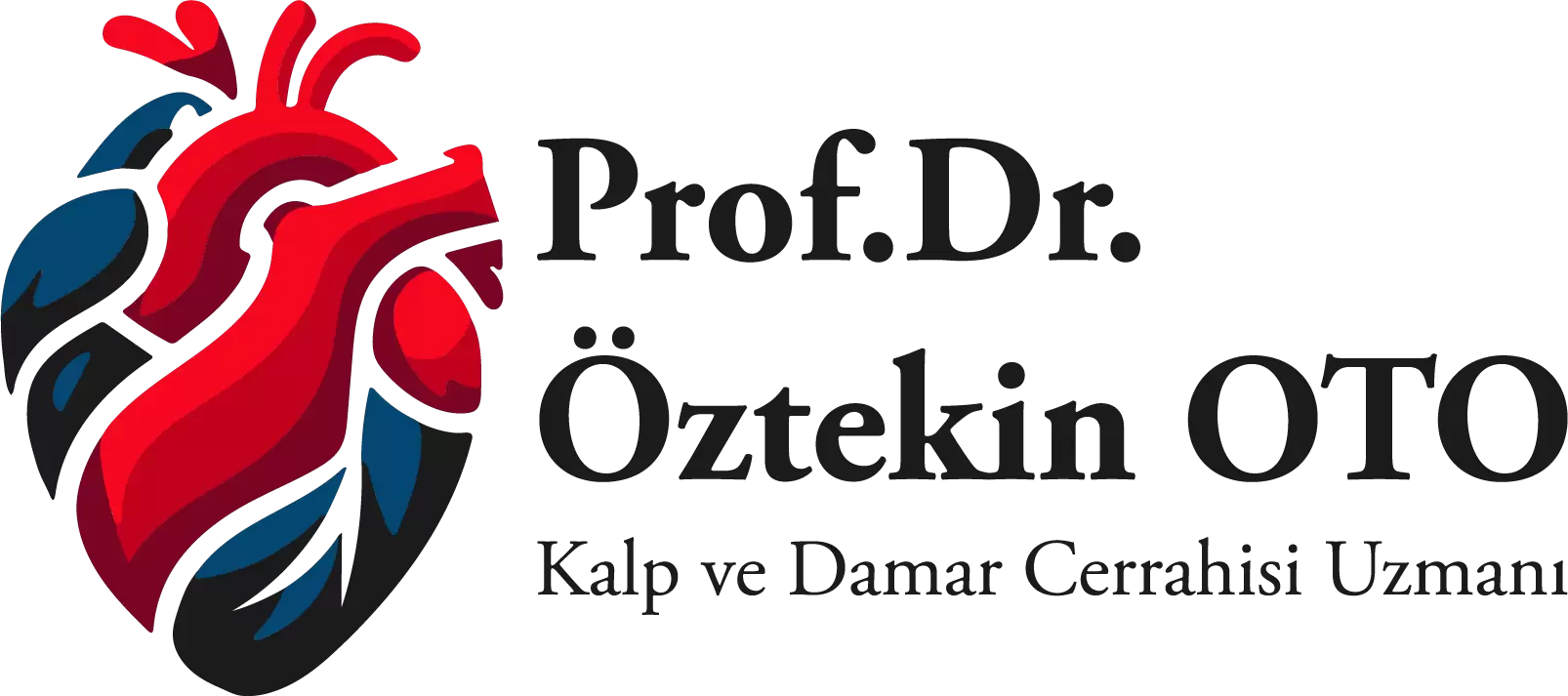29 Oca
What is Gangrene?
What is Gangrene?
Gangrene is described as tissue death caused by decreased blood flow or certain infections at a certain area. It mainly develops at the toes, feet and the legs and fingers. Gangrene may also develop at the muscles and internal organs and can be treated by surgical methods. Early diagnosis of gangrene allows for a more comfortable and shorter treatment process.
Minimally Invasive Surgery on Gangrenous Leg
Minimally invasive surgery is getting more common in the recent years. It has started to be used commonly also in treatment of gangrene patients for its ease of application and minimizing certain risk factors such as infection and bleeding. Minimally invasive surgery is also performed easily for the treatment of damaged area in gangrene through a small incision opened locally with the use of imaging techniques.
What are the Symptoms of Gangrene?
Gangrene is negatively affecting the daily life both in cosmetic and functional terms and is a progressive disease if remain untreated. The symptoms of gangrene are:
- Change in skin color
- Lack of clear demarcation around the gangrenous area
- Numbness
- Sensation of severe pain
- Foul-smelling discharge from the wound
What are the causes of Gangrene?
According to the researches, there are two main causes of gangrene. These are decreased blood flow and infections. As a result of decreased blood flow, cells cannot receive the required oxygen and proteins and thus die. The other cause of gangrene is infection. If infection in the body is not treated for a long period of time, cell death will occur and gangrene will develop. There are also several other risk factors in gangrene such as:
- Obesity
- Smoking
- Weak immunity
- Vascular diseases
- Diabetes
- Traumas
Individuals at risk must have regular controls, well recognize their body and take the necessary actions as well.
Gangrene Treatment
If the patient is admitted early while developing gangrene,the arteries of the legs and feet are required to be imaged. In case arterial angiography taken by computed tomography show any blockage up to the ankle, catheter is used to open the blockage.
Bypass surgery can also be performed between the groin or knee artery and the ankle, if necessary.These are called as the salvage operations. The aim is either to save the leg or “confine the gangrene”. The patient can be saved with amputation of one finger only.
Antibiotic treatment is given to remove the infection causing gangrene from the body. High-pressurized oxygen therapy (hyperbaric) is also applied to the gangrenous area to slow down the bacterial growth and accelerate wound healing. Once gangrene recovers, the death tissue is removed surgically. The purpose of this treatment is to prevent spread of gangrene.
Related Articles

EECP Treatment Method
They are the arteries that surround the heart and provide the heart muscle with the necessary blood...
Read More
Obesity Treatment
Obesity, or as it is known by the public, “obesity”, is a disease that occurs when excess fat accumu..
Read More
Heart Failure
The heart is a vital organ that pumps blood to our body carrying the oxygen and nutrients we need to..
Read More




